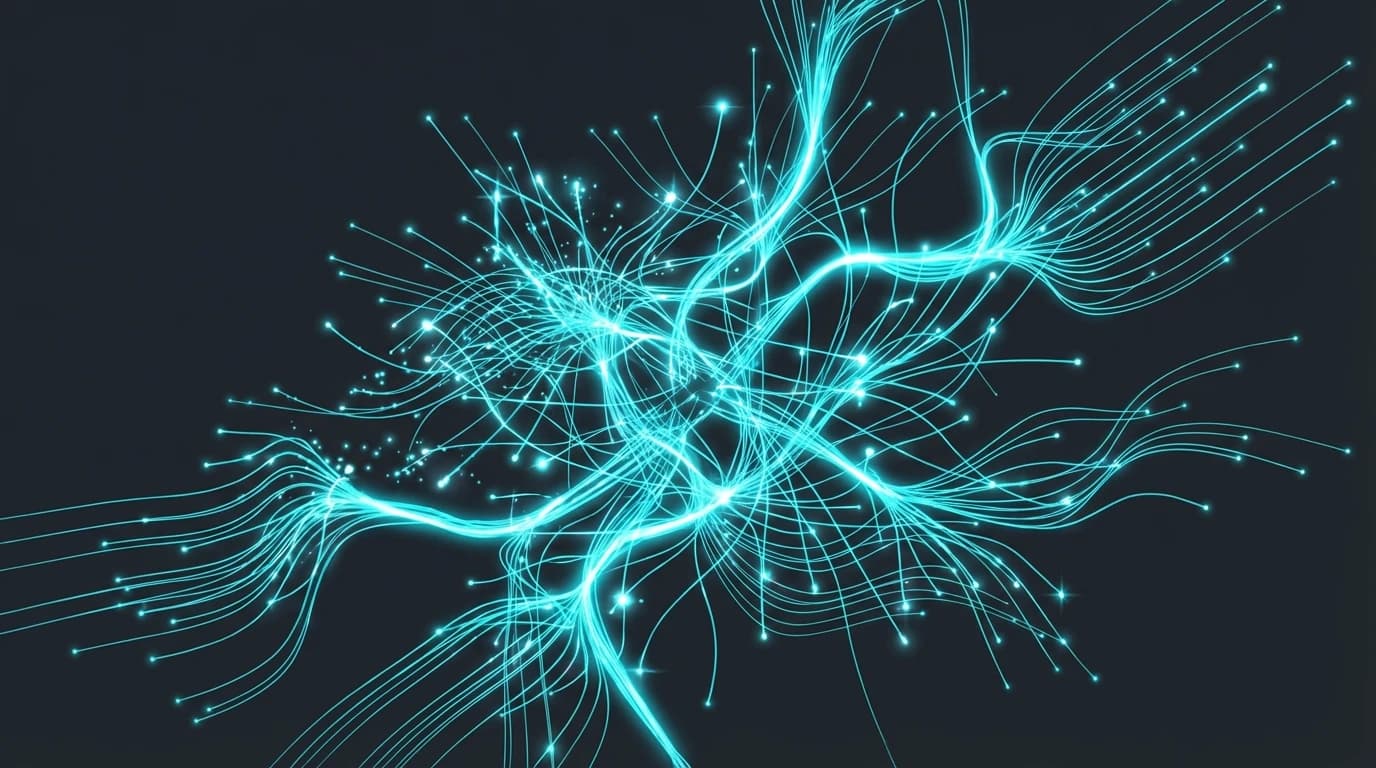Single Brain Cell Shows Surprising Computing Power
Source PublicationeLife
Primary AuthorsKhodadadi, Trpevski, Lindroos et al.

Neuroscientists are rethinking the computational limits of a single brain cell. A new computer modelling study shows that an individual striatal projection neuron (SPN) can solve complex tasks, such as the nonlinear feature binding problem, that were traditionally believed to demand the power of entire neuronal networks.
The secret lies in the neuron's dendrites, the branching structures that receive signals. Researchers developed a biophysically detailed model of an SPN and introduced a novel learning rule. This rule operates locally within the dendrites, driven by calcium dynamics and modulated by dopaminergic reward signals—the brain's chemical feedback for positive outcomes. This process allows the dendrites to perform sophisticated computations on their own.
To ensure the learning process remains stable, the model also incorporates metaplasticity, a mechanism that self-adjusts the strength of connections. Furthermore, the study details how inhibitory processes help to compartmentalise the dendrites, further boosting their computational efficiency. This research highlights the immense information-processing potential hidden within the architecture of a single neuron.